While it may just sound like one of those tools that have two names, a cultivator is not a tiller. If you placed the two machines side by side, you would easily see the difference between tiller and cultivator sizes and designs.
Let’s dig right in this cultivator vs. tiller comparison to set apart what makes these two gardening devices different and what the best use is for each tool.
Cultivator vs. Tiller
As you redo your lawn, you need to know which tool is best for your situation: a cultivator or a tiller.
Depth of Digging
A cultivator is made for light surface digging, it can break the earth a little, but it is not made to be powerful enough to dig down into the hard ground. Instead, this tool excels in working with the already dug-up and loosened surfaces.
On the other hand, a tiller is a very powerful tool that has a strong motor and specialized blades made to cut down into hard earth and break it open. It doesn’t have a softer hand when it comes to digging in the dirt and was made for making holes.
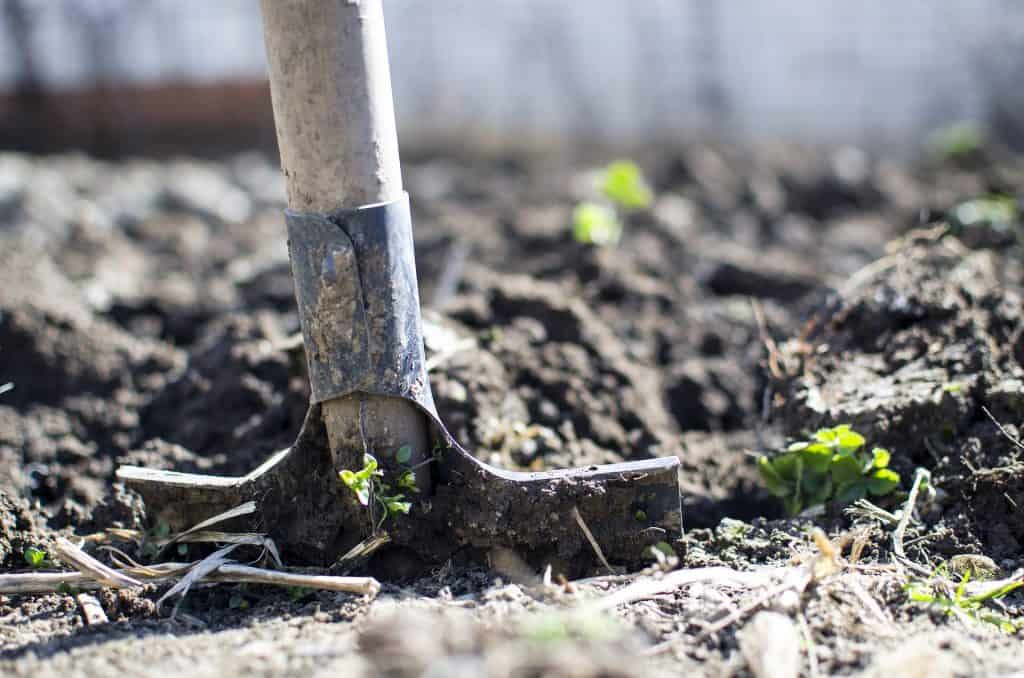
Digger Wheels
Looking at the metal wheels or tines on these two machines, you can easily tell which one looks like it could move some soil around and which one could do some damage to a patch of dirt.
Cultivators will have more petite dirt-moving rounded circle-like tines. These smaller wheels won’t penetrate into the soil or earth very deep, which is perfect for what you would use them for in gardens. Without having a tiller next to it, a cultivator may seem like a good tool for digging up a garden plot and placing some plants, but unless the soil is loosened, you are going to be having a hard time creating an ideal loose soil area for your garden in the backyard.
On the other hand, Tillers are much bigger and have large tines with claw-like features that can penetrate and pull up dirt. These powerful machines (specially front-tine models) look like they could really do some damage to the ground once you turn them on.
Tillers are much better suited for churning up large sections of ground before you plant grass. With their tilling depth, they will make it easier to level out the area and remove rocks, so you can have an easier time mowing the lawn in the future.
Body Design
Much like the tines or wheels of these two machines, the body designs are a good indicator of the potential power that each has.
A cultivator is going to have a small overall body. It will not be as wide as the tiller. Inside, the motor is a little smaller since it only needs to offer so much power to get its projected jobs done. With the more petite body design, this machine is easier to handle.
Tillers, on the other hand, are much stronger and come in bigger varied body designs. There are front-tine tillers that look more like cultivators. These machines have wheels directly under the body and are made to lead with the tines. The other type is rear-tine tillers.
Rear-tine tillers are best used for tilling up large or long areas. The tines are in the back, and this machine has a self-propelled motor to get it moving as soon as you start it up, reducing how much arm movement you need to provide to direct it forward or backward.
When to Use a Cultivator
Now that you know what is the difference between a tiller and a cultivator, here are some tasks that you will need a cultivator for.
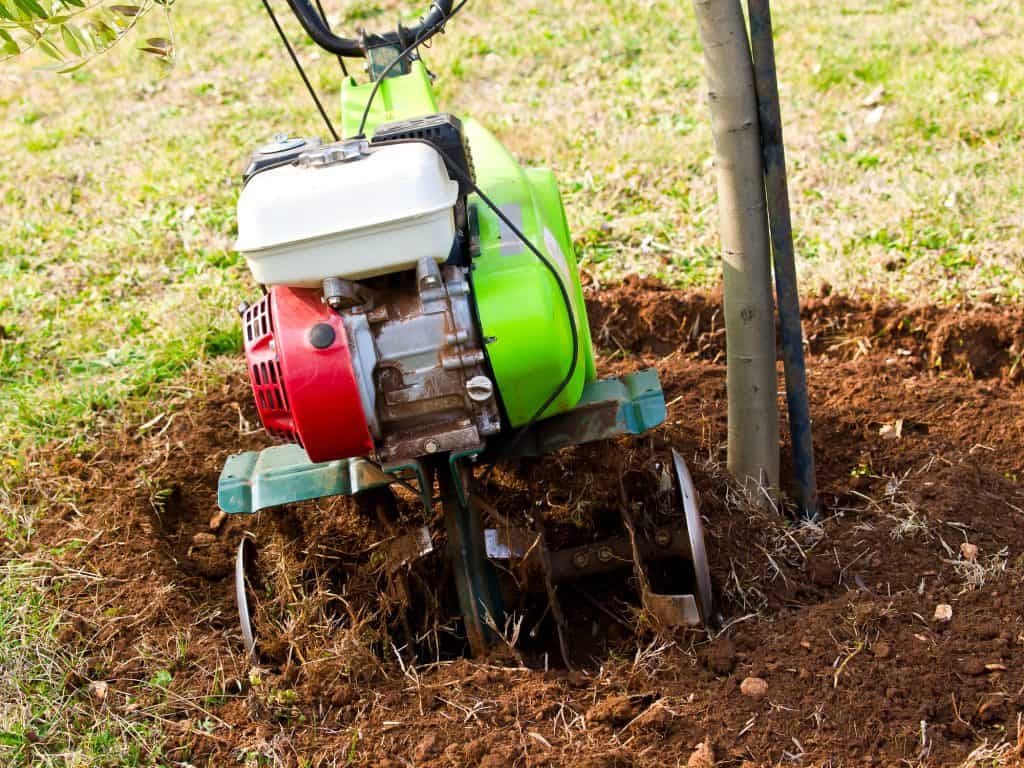
Aerating Soil
While you may not think aerating the soil is a must, this process is important for poor quality soils like clay-based and high-traffic areas in your garden and lawn. When you aerate the soil, what you are doing is primarily breaking it open so that air, water, and other plant-producing particles can make their way into the ground. This is vital for seed germination and growth.
Soil that has a lot of clay in it will not have good drainage since clay tends to lump up and create barriers. High-traffic areas in your garden or lawn will pack down the soil, creating bare areas due to constant friction on the surface as well as compacted areas that pond water instead of being able to absorb it into the ground.
Using a cultivator to break up the area will help promote better drainage, growth, and soil quality since bugs and other earth insects can get in there to help promote a better plant growing ecosystem.
Pulling Weeds
If you have a garden, then you might struggle with weeds. If you have a small bed of veggies, then it may be easy to bend down and pick the few that come up, but for large gardens or individuals that don’t want to bend or kneel to pick weeds, a cultivator is a must-have.
The cultivator’s light digging is perfect for pulling up weeds that are around your veggies without harming the root system underneath. Just make sure that you keep some distance around the main stalk of the plant while you are moving around it.
Mixing Soils
Having an already established garden, it is important to mix in new fertilizer and plant food before the new growing season, as well as make sure that you add a little more in as the fruits and veggies start producing.
Or, you might be looking to expand your garden by using the soil you already have in another part of your yard.
A cultivator is perfect for mixing and incorporating both soil and fertilizer into your already loosened soil plot.
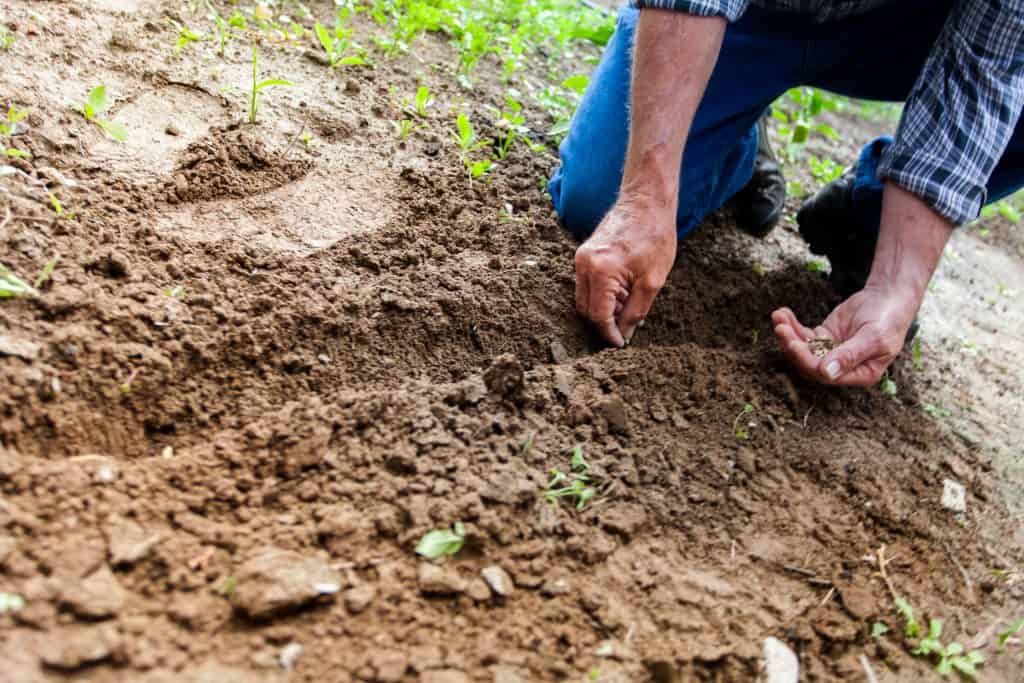
Why Not a Tiller?
All of these tasks require a light surface rotation. If you use a tiller for any of the projects, you will end up digging deeper into the earth, which can make your garden deeper when all you want to do is add fertilizer or tear up your crucial root system when you are really just trying to remove a few surface weeds.
The light touch that is a cultivator is important and can’t be easily replaced by something that is made to break apart the earth with more force and dig deeper into it.
When to Use a Tiller
Powerful and ready for hard work, the tiller is the only choice for these tasks below.
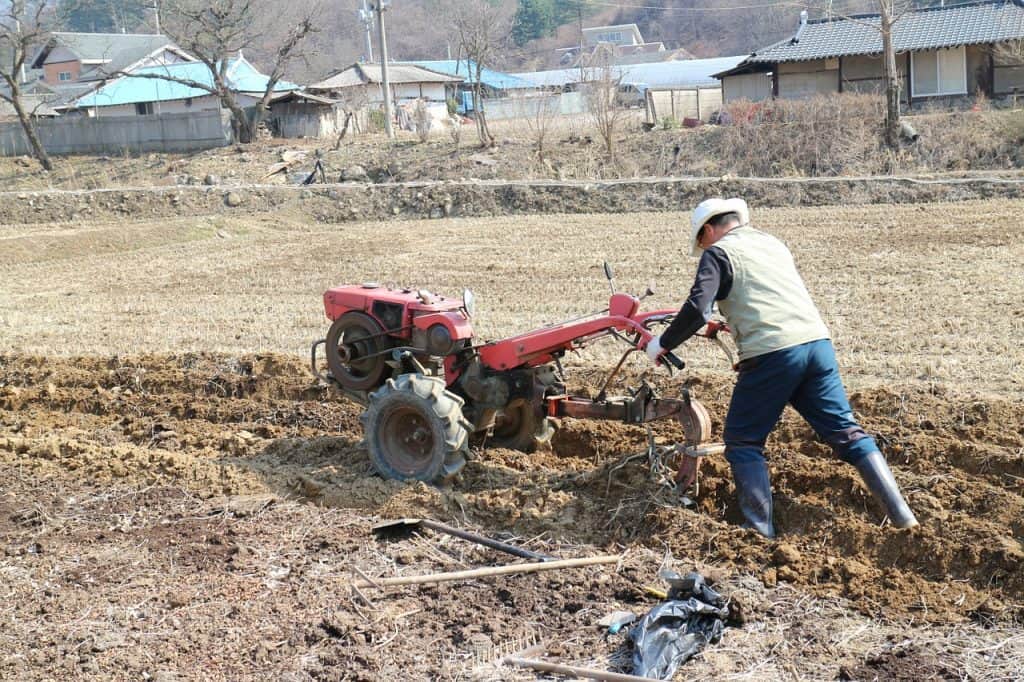
Mixing Hard Soil Into New Dirt
Breaking into the new ground to create your garden space can’t be done with a cultivator. The tiller’s deep digging claw tines, as well as its powerful motor, create the perfect machine to break up dirt.
Where you would normally use a shovel to pierce the ground and flip over the hard-packed earth to start making a garden bed, the tiller works to reach deep into the earth like a shovel and then pulls up the ground in large packed down clumps.
The tiller then goes back over it to break up clumps in order to create a beautiful loose soil bed.
Loosening Hard or Rocky Soil
Rocks are a nemesis for your lawn. They don’t promote healthy growth, are a trip hazard, and will damage your mowing equipment, causing you to switch lawnmower blades more frequently.
If you have rocks embedded in your soil, a cultivator’s light touch won’t cut it. Rocks can potentially damage cultivators since they are not equipped or built to handle large hard objects like this. A tiller, however, can hold its own when it comes to rocks in the soil.
A tiller is powerful enough to dig up and around rocks to break them out of the soil while still doing the work of digging up the earth and creating a loose soil area.
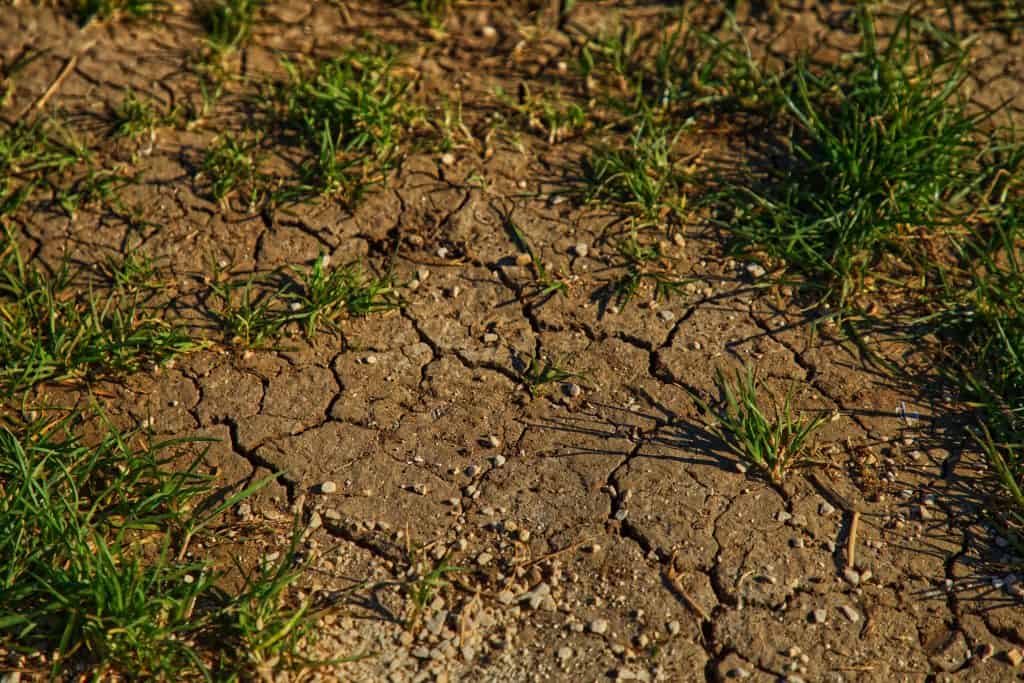
Moderate Work vs. Hard Work
It is important to know that while a tiller is important to have, if you are breaking new ground, you should consider what type of tiller will fit the work you need.
Front-Tine Tiller
Built similar to a cultivator, a front-tine tiller is great for breaking the ground on smaller home improvement garden projects. It will break down into the decently tough ground with ease.
However, this is not the stronger of the two models and is best for smaller projects where you will not be dealing with a lot of hard additions to the soil. It can handle some smaller-sized rocks and debris in the soil.
Rear-Tine Tiller
For large projects and bigger garden areas, the rear-tine tiller is a perfect choice. It can break apart almost any land that is hard, packed down, and even full of small or medium-sized rocks.
This is also the perfect tiller for a lot of traveling since it is built to propel itself forward, making large areas and long lines easy to tackle.
Which Tool Do I Need?
Now that you know what the cultivator or tiller peculiarities are, you can see how both of these tools can fit into your gardening routine.
If you are building a gardening or lawn area from nothing, then you will need a tiller to do the work for you. In summary, tillers are great for:
- Mixing old, hard soil and turning it into soft soil suitable for planting
- Loosing hard and rocky soil up for additional work
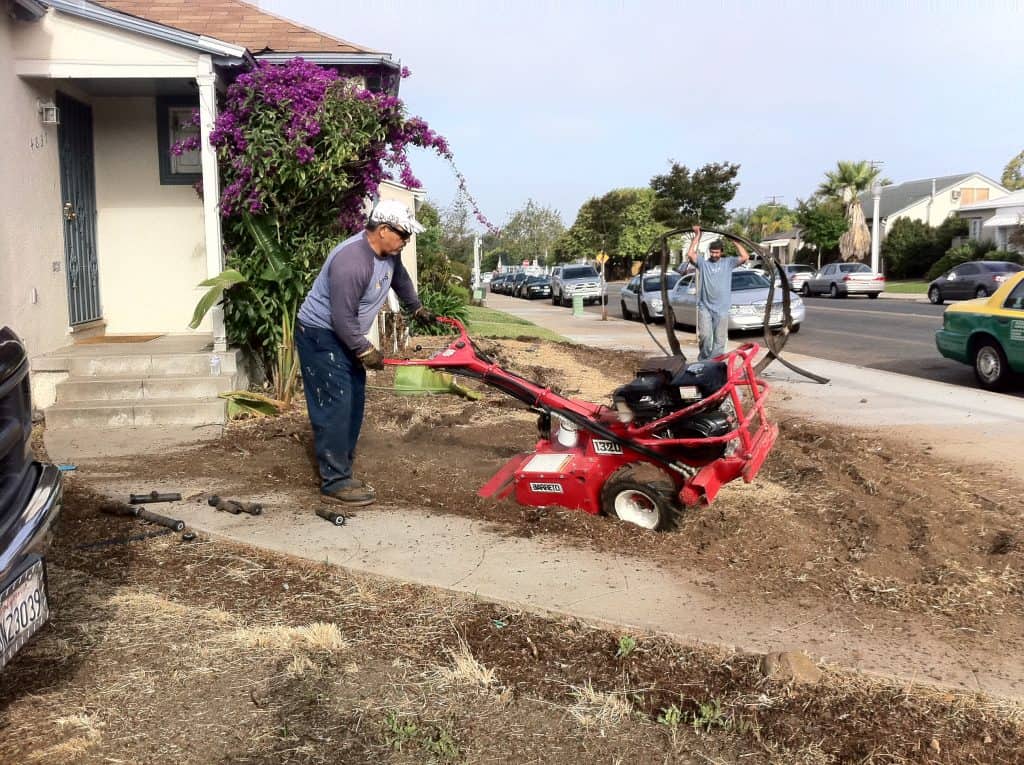
On the other hand, for upkeep and routine prepping for spring, you will want to have a cultivator handy for more frequent use. Cultivators are great at:
- Aerating soil to increase oxygen
- Mixing fertilizer into the soil
- Removing weeds
While they can be a little expensive, in the long run, you will benefit from having both machines readily available to use. Whether you are digging a new bed, deepening an already established bed, or simply moving the soil around to aerate it, these two garden tools are a must-have for any serious gardener to better upkeep and grow fresh veggies.